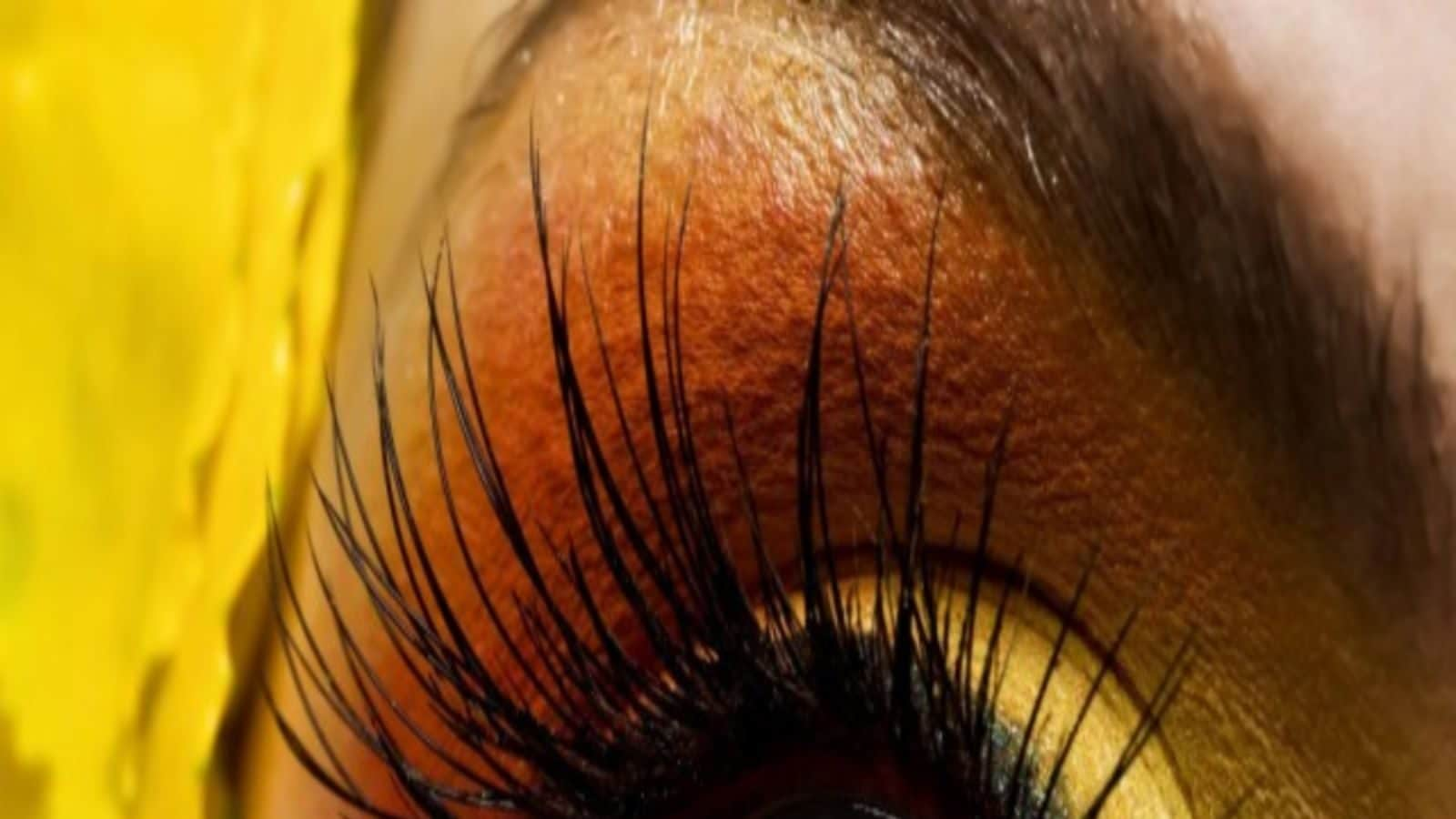Have you ever caught yourself wondering if people with a certain eye color are more prone to vision problems? It’s a question that has sparked countless discussions, fueled by anecdotal evidence and passed-down wisdom. While charming tales about the mystical powers hidden within our eye colors are often spun, the reality is a bit more nuanced. Do certain eye colours genuinely hold a secret advantage or disadvantage when it comes to vision?

Image: animalia-life.club
This article will delve into the fascinating world of eye colour and vision, dissecting the myths and exploring the science behind it all. We’ll examine the intricate relationship between eye pigment, light perception, and various visual conditions. Prepare to be surprised as we unravel the truth behind this intriguing topic.
The Science Behind Eye Color
To understand the connection, if any, between eye color and vision, let’s first explore the fundamentals of eye pigmentation. The color of our eyes is determined by the amount and distribution of melanin, a pigment found in the iris. This circular structure surrounding the pupil acts like a diaphragm, regulating the amount of light entering the eye. The more melanin present in the iris, the darker the eye color will be:
- Brown eyes have the highest concentration of melanin, resulting in their dark shades.
- Blue eyes have the least amount of melanin, giving them their characteristic light hue.
- Green eyes fall somewhere in between, with moderate levels of melanin.
- Hazel eyes can present as a blend of brown, green, and sometimes even gold, indicating a variable distribution of melanin.
It’s important to note that eye color is a complex trait influenced by multiple genes, making it a diverse spectrum rather than a simple binary system.
Busting the Myths: Eye color and Vision
Contrary to popular belief, there is no concrete scientific evidence linking specific eye colors to any inherent advantages or disadvantages in vision. Let’s delve into some common myths and why they’re unfounded:
Myth 1: Blue Eyes Have Poor Vision
This myth often stems from the idea that people with lighter eyes are more sensitive to light. While it’s true that blue eyes may be slightly more susceptible to glare, this doesn’t equate to poor vision. Light sensitivity is a separate concern and can occur in individuals with any eye color.

Image: bengali.news18.com
Myth 2: Brown Eyes Have Superior Vision
Another common misconception. Brown eyes, due to their high melanin content, are adept at absorbing light. However, this doesn’t translate into sharper vision overall. Visual acuity is determined by numerous factors, including the structure of the eye, the health of the retina, and the brain’s ability to interpret visual information.
Myth 3: Green Eyes Are More Prone to Eye Conditions
There is no evidence to suggest that any specific eye color is more susceptible to eye diseases or disorders like glaucoma, cataracts, or macular degeneration. These conditions are multifactorial, influenced by genetics, lifestyle, and environmental factors.
What Really Affects Vision?
Several factors contribute to vision clarity, and eye color is not one of them. Here are some key factors to consider:
1. Refractive Error:
This refers to the shape of the eye. A perfectly shaped eye focuses light directly onto the retina, resulting in clear vision. However, if the eye is too long or too short, light doesn’t focus correctly, leading to blurry vision. This is corrected with eyeglasses or contact lenses.
2. The Health of the Retina:
The retina is the light-sensitive tissue lining the back of the eye. It converts light into electrical signals, which are then transmitted to the brain for interpretation. Any damage or deterioration of the retina can significantly impair vision.
3. The Condition of the Lens:
The lens is a transparent structure that helps focus light on the retina. As we age, the lens can become cloudy, leading to cataracts. This clouding can significantly impact visual clarity.
4. Eye Diseases and Conditions:
Various diseases and conditions, such as glaucoma, macular degeneration, and diabetic retinopathy, can affect vision. These conditions often have a complex interplay of genetic and environmental factors.
Eye Color and Light Sensitivity
While eye color doesn’t directly dictate vision quality, it can influence light sensitivity. Individuals with lighter eyes may experience more glare and discomfort in bright light conditions. This is because less melanin means less light absorption, leading to a greater amount of light reaching the retina. However, this difference is generally subtle and doesn’t significantly impact overall vision.
What Eye Color Has The Worst Vision
The Bottom Line
When it comes to vision, eye color remains a beautiful and fascinating aspect of human diversity but doesn’t hold any inherent connection to visual acuity. Whether your eyes are dazzling blue, enticing green, or deep brown, your visual prowess depends on the health and structure of your eyes, independent of the pigment of your iris.
Remember, regular eye exams are crucial for maintaining optimal vision, regardless of your eye color. Consult your eye doctor for personalized advice and to address any concerns about your vision. Celebrate the unique beauty of your eyes, and enjoy the wonders of the world through clear and vibrant vision.






